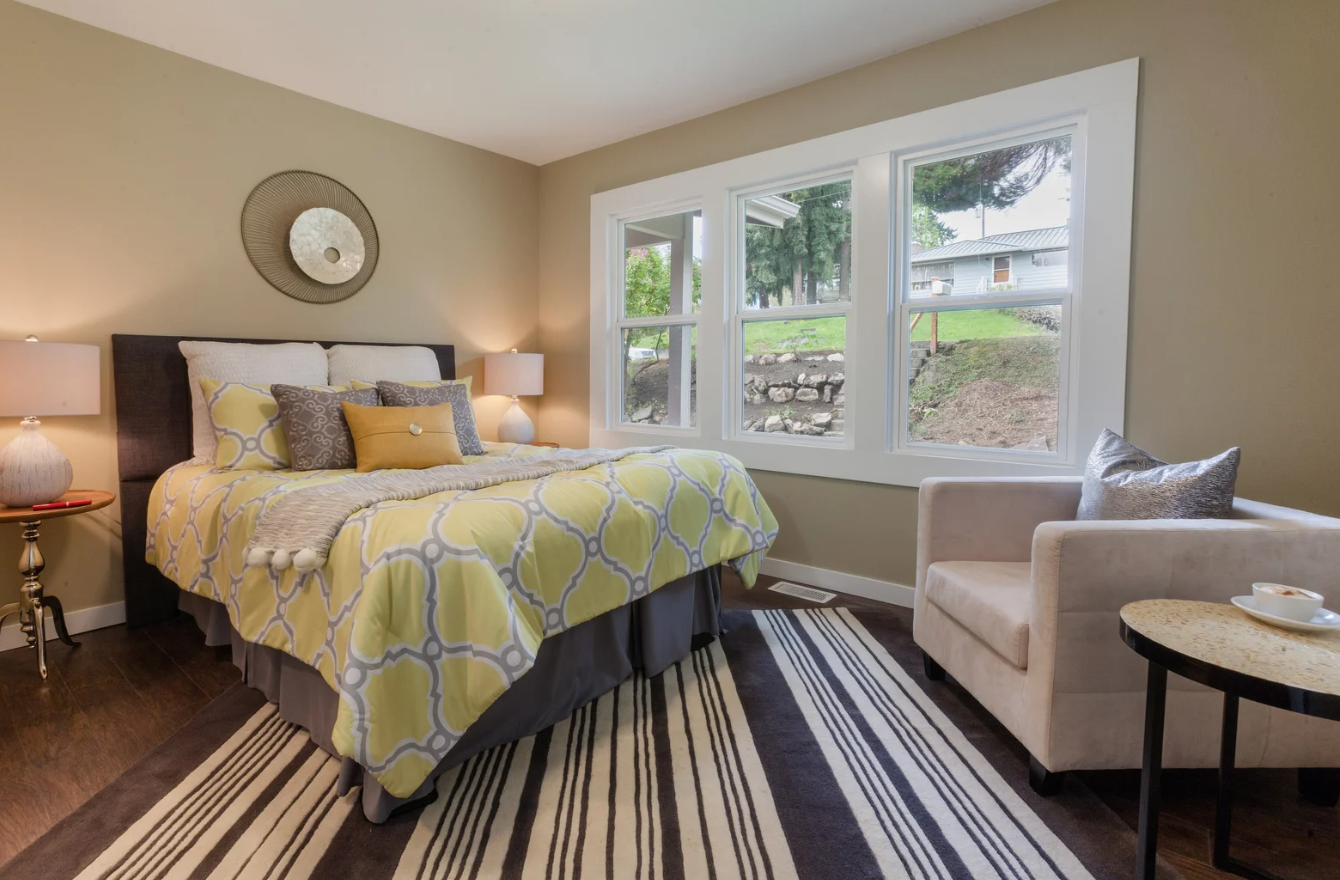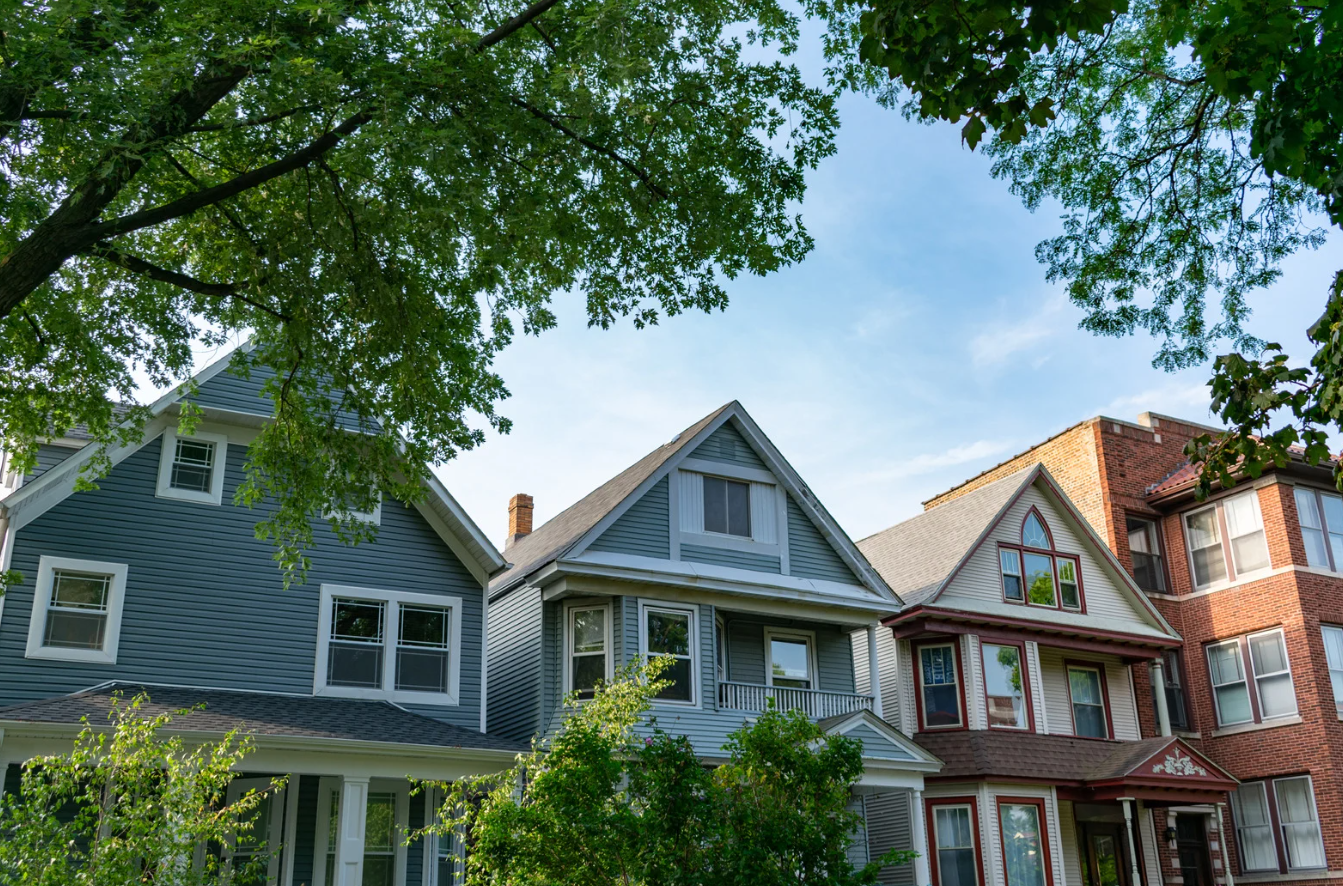In many parts of the world, multi-generational living—where multiple generations of a family live together under one roof—is deeply ingrained in the culture. While it's long been common in countries like India, Italy, and Japan, the practice is growing in popularity in the United States, especially as families face rising housing costs and economic pressures. So, why is multi-generational living such a popular arrangement globally, and is it becoming a practical solution for American families?
Global Perspectives on Multi-Generational Living
In countries like India and China, multi-generational households are a cultural norm, driven by strong family bonds and the tradition of caring for elderly relatives. Families often live together not just for economic reasons but because it is seen as a responsibility and a sign of respect to care for aging parents or grandparents. In Italy, particularly in the southern regions, the concept of "la famiglia" extends beyond the nuclear unit, and multiple generations sharing a home is commonplace, driven by family-oriented values.
In Japan, where space is limited and the aging population is rapidly growing, multi-generational living is seen as both a cultural necessity and a practical solution. Older generations live with their children and grandchildren to provide support, companionship, and care in a country where senior citizens make up a significant portion of the population.
In each of these countries, multi-generational households help bridge generational gaps, strengthen family ties, and provide economic advantages, such as shared living expenses. It also supports emotional well-being, as elders contribute to the household, and younger family members benefit from their wisdom and care.
The Rise of Multi-Generational Living in the U.S.
In the United States, multi-generational living has been on the rise, especially following the Great Recession of 2008, when many young adults returned to their family homes due to financial hardship. The trend accelerated during the COVID-19 pandemic, as health concerns, job losses, and housing affordability pushed more families to consider living together under one roof. According to a Pew Research Center report, 60.6 million Americans lived in multi-generational households in 2021, representing about 18% of the U.S. population.
Data from 2023 and 2024 suggests that the trend is continuing, with several factors driving the shift:
- Economic Pressures: Rising housing costs, inflation, and student loan debt are making it difficult for many young adults to afford homes of their own. Multi-generational living allows families to pool resources and reduce living expenses, making it a practical solution for those facing financial strain.
- Aging Population: As more Americans age into retirement, the need for elder care is growing. Instead of opting for costly assisted living facilities, many families are choosing to care for their elderly relatives at home, benefiting from intergenerational support.
- Cultural Shifts: There is also a growing acceptance of multi-generational living, which was once seen as a sign of financial difficulty but is now recognized as a viable option for building stronger family units. Millennials, in particular, have embraced the idea of living with family for longer periods, whether to care for aging parents or because of economic necessity.
Can Multi-Generational Living Help Solve the Housing Shortage?
One of the biggest challenges facing the U.S. housing market is a significant shortage of affordable homes. With fewer homes available for first-time buyers and rising mortgage rates, multi-generational living is emerging as a potential solution.
By combining households, families can reduce the strain on the housing market and maximize the use of available living space. For instance, homes with separate living quarters, like mother-in-law suites or basement apartments, are becoming more desirable because they accommodate multiple generations while still providing privacy. This trend also encourages homebuilders to create more flexible housing designs that can adapt to the needs of multi-generational families.
Additionally, shared living arrangements can relieve some of the economic pressure on younger generations who are struggling to break into the housing market. By living with family, they can save on rent or mortgage payments, helping them to eventually afford homes of their own. For older adults, multi-generational living offers the opportunity to age in place, surrounded by family support, while also reducing the need for expensive long-term care facilities.
The Practical Side of Multi-Generational Living
While multi-generational living provides economic and emotional benefits, it also requires careful planning. Families must consider the logistics of shared spaces, privacy needs, and differing schedules. Fortunately, many new homes and renovation projects are designed with these challenges in mind, offering separate living areas for privacy, shared kitchens, and communal spaces for family interaction.
In the long run, the benefits of multi-generational living can outweigh the difficulties. Families who choose this path often find that they strengthen their relationships, build intergenerational wealth, and enjoy a greater sense of community.
For more on how housing trends like multi-generational living impact home values, check out our article on How Home Design Trends Are Shifting.





